SBP projects GDP growth in FY26 below 4.25%
SBP's report urges urgent focus on human capital, technology to drive growth
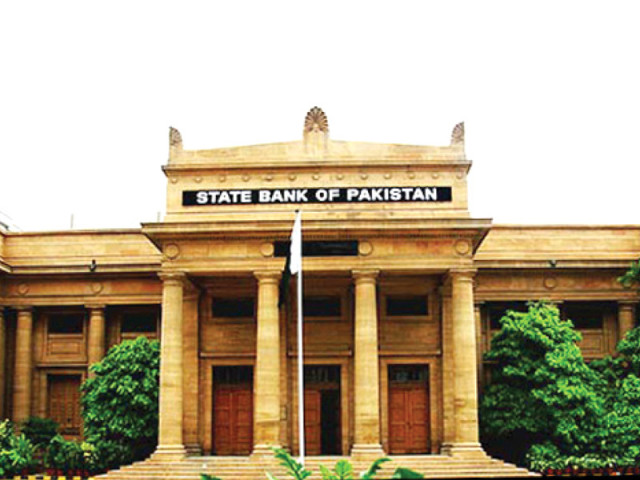
Persistent fiscal imbalances, low domestic savings, weak productivity, and climate-related shocks remain critical hurdles preventing sustainable progress, noted the State Bank of Pakistan (SBP) in its Annual Report on the State of the Economy 2024-25.
The SBP projects GDP growth in FY26 at 3.25-4.25%, near the lower end of its forecast range, while inflation is expected to hover around 5-7%. The current account deficit is projected at 0-1% of GDP, indicating stability in the external sector. Yet, the central bank cautioned that flood-induced agricultural losses, high energy costs, and global trade uncertainty could derail these gains.
The recent floods in Punjab and Khyber-Pakhtunkhwa submerged vast farmlands, damaging key kharif crops such as rice, cotton, maize, and sugarcane. The SBP warns that the ensuing supply chain disruptions may trigger inflationary pressures and weaken raw material availability for agro-based industries. The increased reconstruction spending, although growth-supportive, could also strain fiscal space already constrained by large debt repayments.
The central bank's analysis identifies low domestic savings as one of Pakistan's most persistent economic weaknesses. Over the past two decades, gross domestic savings have declined to one of the lowest levels among comparable economies. "Low per capita income, high inflation, fiscal imbalances, and weak financial intermediation have collectively suppressed the savings rate," the SBP noted in the report.
A heavy reliance on consumption, constituting around 92% of GDP, has left little room for productive investment. This consumption-driven model, sustained through foreign borrowing and remittances, has produced short-term spurts of growth but failed to establish a foundation for long-term expansion. As the report observes, "Pakistan's economy remains predominantly consumption-oriented, with potential GDP growth declining steadily over the last two decades."
The savings-investment gap, coupled with chronic fiscal deficits, perpetuates a "debt spiral" where revenues barely meet current expenditures. Interest payments alone have consistently exceeded development spending, squeezing funds for health, education, and infrastructure. Public sector inefficiencies, especially in state-owned enterprises, continue to burden the national exchequer, draining scarce fiscal resources that could otherwise fuel productive investment.
The report underscores weaknesses in Pakistan's financial intermediation system. The banking sector, constrained by heavy government borrowing and low deposit mobilisation, struggles to channel savings into private investment. Capital markets remain shallow, with limited investor participation and governance concerns. Despite demutualisation, the Pakistan Stock Exchange continues to be dominated by a few large brokerage houses, eroding investor confidence.
Moreover, a large segment of the population remains excluded from the formal financial system. Informal savings through gold, real estate, livestock, and rotating savings committees (ROSCAs) substitute for institutional mechanisms like insurance or pension funds. Religious concerns about interest-based banking and low financial literacy further discourage formal savings, with an estimated 35% of respondents in SBP's 2025 survey preferring informal channels.
As a result, Pakistan's financial depth-measured through private sector credit and deposit-to-GDP ratios, lags far behind regional peers such as Malaysia, Turkey, and even Bangladesh. The SBP warns that without greater financial inclusion and capital market development, domestic savings will remain insufficient to sustain economic growth.
Pakistan's structural vulnerabilities extend beyond the fiscal and financial sectors. The report emphasises the need to diversify industrial capacity, particularly through investment in petrochemicals, mining, and renewable energy. The country's prolonged dependence on imported industrial inputs and fossil fuels has exposed it to external shocks, currency volatility, and persistent balance-of-payments pressures.
In agriculture, productivity is hampered by outdated irrigation systems and climate-related disasters. Effective water management, small and medium-sized dams, and climate-resilient crop varieties are crucial to mitigating future food insecurity and flood risks.
Trade competitiveness also remains constrained by non-tariff barriers, limited product diversification, and an overreliance on low-value textile exports. While recent reforms to reduce anti-export bias are a step forward, the SBP urges policymakers to broaden these efforts to include regulatory and logistical reforms that attract foreign investment and integrate local industries into global value chains.
The report links Pakistan's economic stagnation to deeper social and demographic challenges. With nearly 65% of the population below the age of 30, high youth dependency and limited job creation exert immense pressure on consumption and public spending. Persistent poverty, estimated at around 44%, combined with underinvestment in education and health, reduces productivity and savings capacity. The SBP argues that human capital development must become a national priority. Without investment in vocational training, technology, and innovation, Pakistan risks falling further behind regional competitors that have successfully transitioned toward knowledge-based economies.


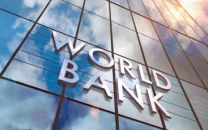


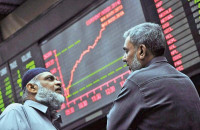
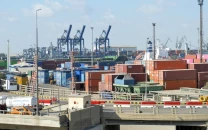
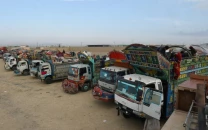



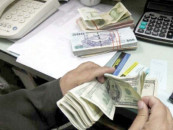








COMMENTS
Comments are moderated and generally will be posted if they are on-topic and not abusive.
For more information, please see our Comments FAQ